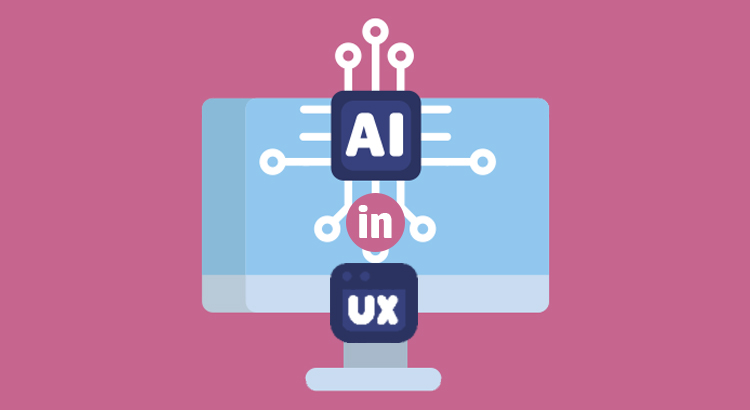The collaboration between artificial intelligence (AI) and user experience (UX) has become beneficial in shaping digital interactions. This article explores the combined effect of user experience and AI, delving into the ways in which AI can revolutionize and augment the user experience.
What is AI?
Artificial intelligence involves the emulation of human-like tasks through computer systems, enabling organizations to efficiently solve problems. AI systems acquire information, learn rules for processing it, provide insights, aid decision-making, and self-correct when necessary.
Related Article: Pros And Cons of AI (Artificial Intelligence)
What is UX Design?
User experience design, or UX design, focuses on optimizing the user’s experience while interacting with digital products or services. UX designers delve into understanding user behaviors, expectations, motivations, and goals to create intuitive and efficient digital experiences.
How to Use AI in User Experience Design?
AI and UX design, although distinct disciplines, can collaborate to enhance digital experiences. UX designers can leverage AI in several ways:
1. Data-Driven Insights
AI breaks down vast data, offering designers actionable insights into user behavior. This informs decisions on design improvements, layout changes, and feature enhancements.
2. Personalization
AI leverages user history, learning patterns to personalize experiences, enhancing engagement and satisfaction by tailoring content and features to individual preferences.
3. Predictive Analysis
AI provides insights into user behavior from historical data, enabling designers to anticipate user needs and align products with expectations.
4. User Research and Testing
AI automates aspects of research and testing using tools like chatbots, text analysis, heatmaps, eye tracking, and behavioral analysis. This identifies design strengths and weaknesses.
5. Generative Design
AI generates design options based on specific parameters, encouraging designers to explore various possibilities and concepts beyond their mental blocks.
6. Accessibility
AI analyzes designs, recommends improvements to ensure accessibility for users with disabilities. This includes assessing color contrasts, providing alternative text, and identifying potential accessibility issues.
7. Automating Repetitive Tasks
AI streamlines design by automating routine tasks like resizing images, creating responsive designs, and generating assets. This allows designers to focus on creativity and strategy.
8. A/B Testing
AI assists designers in A/B testing by identifying trends and patterns in user behaviors, engagement, and conversion rates. This informs data-driven design decisions for optimal performance.
Will Artificial Intelligence Replace UX Design?
While AI has the potential to automate certain aspects of design, it cannot replace the essential human elements of creativity, intuition, complex problem-solving, ethical considerations, and effective communication.
UX designers bring a unique set of skills that AI currently lacks, making them indispensable in creating meaningful and ethical digital experiences.
AI UX Design Tools
The integration of AI in UX design has led to the development of innovative tools:
1. Adobe Sensei
Adobe Sensei is an AI-powered platform integrated with Adobe design tools, streamlining processes with features like auto-tagging images and content-aware fill.
2. UXCam
An AI-driven user recording and analytics tool, providing heatmaps and session replays to gain insights into user behavior and validate design decisions.
3. UserTesting AI Insights
This tool offers insights derived from user research and testing, identifying recurring themes and trends to inform design decisions.
4. Midjourney
A tool for quick visual inspiration based on prompts, leveraging generative AI to create high-quality design concepts across different domains.
Closing Thoughts on User Experience and AI
The role of AI in user experience design is revolutionary. While AI enhances efficiency and provides valuable insights, it complements rather than replaces the crucial human elements of creativity, intuition, and ethical considerations in UX design. As technology continues to advance, the collaboration between AI and UX design will shape the future of digital interactions.


